Diving into sanitation history, we uncover a surprising fact about something we often overlook: toilet paper. This essential bathroom item might not have a long history. But, it's very important in our everyday life. People are always curious about when toilet paper began, which was in 6th century China. This period marks a big change in how we stay clean. The invention of toilet paper started a major shift in keeping ourselves hygienic. Before becoming a staple in stores, toilet paper's beginnings were simple but crucial for modern cleanliness.
This major step in how toilet paper was made has echoed through time. It reached the Western world, completely transforming how we think about cleanliness and ease. This guide from HOROW, a toilet brand, tells you the origin of toilet paper and key features of toilets to choose the best one.

The Concept of Toilet Paper and its Roles in Modern Hygiene
Tracing the toilet paper history timeline, one can see its key role in hygiene. The importance of toilet paper invention stands out. It moved from a basic tool to a key part of clean living. Early on, people used items like corn cobs, leaves, and newspaper for cleaning. But these didn't match the comfort and effectiveness of modern toilet paper invention.
The creation of modern toilet paper invention has greatly evolved. It boosts health and cleanliness in ways early versions couldn't. Since the 1800s, we've seen changes leading to today's soft, scented, and green products. The making of toilet paper production has also changed a lot. It now focuses on eco-friendliness and comfort for users.
- Innovations in texture and softness
- Introduction of hypoallergenic and antibacterial options
- Shift towards sustainable and recycled materials in toilet paper production
|
Year |
Innovation |
Impact |
|
1857 |
First commercial toilet paper |
Introduced sanitized and mass-produced options |
|
1942 |
Two-ply toilet paper |
Increased strength and comfort |
|
1990s |
Perfumed and colored varieties |
Added consumer appeal |
|
2000s |
Eco-friendly production |
Reduced environmental footprint |
This timeline not only shows the importance of toilet paper invention. It also marks major steps that made toilet paper what it is today—a key part of global hygiene practices.
Ancient Alternatives to Toilet Paper
In the past when toilet paper wasn't around yet ancient societies devised various clever techniques to maintain hygiene. These traditional cleaning methods highlight the ingenuity of individuals. Depict the unique cleanliness practices, across diverse cultures.
Stones, Leaves, and Seashells
In locations around the world in the past eras of history when cleaning tools were scarce and nature provided the means for sanitation needs—simple items such as stones served as primitive forms of toilet paper for people to use due to their accessibility and effectiveness in cleaning purposes; likewise leaves from certain trees were commonly utilized due to their soft texture and abundance in forested areas; additionally in coastal regions individuals would resort to using seashells collected from beaches which added an intriguing aspect, to the early evolution of toilet paper practices.

Wool, and Sponges: Ancient Greece and Rome
In times the Romans had an innovative method for staying clean by utilizing natural sponge sticks in communal bathhouses—a significant development in the evolution of hygiene practices akin to toilet paper as we know it today. Contrastingly in Greece wool was commonly used for personal cleanliness due to their absorbent nature and superior comfort compared to rougher options, like stones or leaves.
Water, Hands, or Cloth
Water holds value in the cleaning practices of various cultures worldwide but is particularly cherished in regions like the Middle East and Asia where it remains a preferred choice over alternative methods of hygiene maintenance. In these societies individuals utilized water along with their left hand and small fabric pieces in more affluent households—a rudimentary yet effective precursor, to modern toilet paper comprising basic elements of water and cloth.
The evolution of cleaning techniques to the invention of modern toilet paper is quite fascinating! A diverse range of materials and methods were utilized during that era to meet the hygiene needs of individuals at the time—a testament to their ingenuity and adaptability with the resources they had on hand back then. Studying these practices offers us a glimpse into the daily lives of our predecessors and instills a sense of gratitude, for the modern conveniences we enjoy today.

Early Forms of Toilet Paper in China
The origin of toilet paper traces back to China marking a significant advancement in personal hygiene practices over time evolving into an essential commodity, for emperors—a captivating transition indeed.
The Invention of Toilet Paper in 6th Century China
The toilet paper creation date goes back to the 6th century in China. This was when the imperial courts first used it. It meant people moved from using objects like sticks to paper.
Records of Large-Scale Toilet Paper Production in 14th Century China
During the century in Zhejiang province of China experienced a surge in the manufacturing of toilet paper which was widely adopted for daily use during that time period, on a significant scale.
Usage by the Chinese Imperial Family
The Chinese royal family used their imperial toilet paper that was frequently scented as a display of their opulence and way of living.This distinctive practice signifies an era, in the history of Chinese toilet paper.

Toilet paper became a key part of life in the Chinese imperial court. This change from simple paper to a product for cleanliness shows great progress. It reflects the advancements in both technology and cultural attitudes.
|
Century |
Development |
Impact |
|
6th Century |
Invention of toilet paper |
Introduced a new hygiene practice |
|
14th Century |
Mass production in Zhejiang |
Normalized toilet paper use |
|
Imperial China |
Perfumed and luxurious sheets |
Enhanced comfort and status symbol |
Introduction of Toilet Paper in the West
The introduction of toilet paper to the world signifies an important milestone in the early development of this essential commodity for personal hygiene needs. During the century when Western societies began embracing products from, around the globe; a pivotal shift occurred in the use and acceptance of toilet paper.
Introduction of Toilet Paper to Europe and North America in the 19th Century
During the century in Europe and North America due to the expansion of trade routes toilet paper made its way to these regions from China where it was originally invented. This new sanitary product gradually gained popularity in societies as people transitioned from using items, like corn cobs and rags to improve their hygiene practices.
The First Mass-Produced Toilet Paper
Joseph Gayetty takes credit as the first toilet paper manufacturer in the United States. He introduced his medicated paper in the 1850s. But, it didn't become popular right away. Later, the Scott Paper Company saw this product's potential. They became the first to mass-produce toilet paper. In 1903, they branded their product, leading to its wide use across the U.S. This changed how people took care of themselves.
This look at the transition and its importance shows the big effect this innovation had on everyday life.
Evolution of Toilet Paper
Looking into the toilet paper evolution shows a journey of major toilet paper innovations and bathroom tissue development. It starts simple and reaches today's soft and green choices. Every step mirrors tech upgrades and shifts in what people value.
The Development of Softer and More Absorbent Toilet Paper in the 20th Century
The 20th century was vital for toilet paper history facts, focusing on comfort. It brought us the first "splinter-free" products. This was a big jump in bathroom tissue innovation.
Introduction of Two-Ply Paper in the 1940s
The 1940s introduced two-ply toilet paper, mixing strength and softness. It wasn't just thicker. It changed the game in comfort and dependability.
Innovations such as Biodegradable and Eco-Friendly Toilet Paper
The recent focus shift, towards sustainability has resulted in the creation of eco sustainable toilet paper products.
|
Feature |
20th Century |
21st Century |
|
Material |
Pulp |
Bamboo, Recycled Pulp |
|
Technology |
Splinter-Free Processing |
Highly Efficient Eco-Friendly Manufacturing |
|
Type |
Single and Two-Ply |
Multi-Ply, Biodegradable, Low Impact Dyes |
The timeline illustrates the evolution of toilet paper to meet consumer needs with a growing emphasis, on sustainability concerns.
The Rise of Modern Toilet Paper
Reflect on the evolution of toilet paper throughout history. Witness its path to becoming an essential item, for our hygiene routine today.. Initially met with acceptance toilet paper gradually gained popularity over time until it became a staple in households, by the mid twentieth century.

How Toilet Paper Became a Household Staple
As urban areas expanded and sanitation systems improved the use of toilet paper rose in popularity. Households equipped with bathrooms sought an hygienic solution, for cleanliness. Transition from using newspapers to producing bathroom paper marked an advancement, in self care practices.
Environmental Concerns and Sustainable Alternatives like Bamboo and Recycled Paper
People are becoming increasingly concerned about the impact of producing toilet paper which has sparked a growing interest in eco options such as bamboo toilet tissue known for its sustainability due, to its rapid growth rate and environmental benefits it offers. Another environmentally sustainable option gaining popularity is recycled paper toilet tissue that not only promotes forest preservation but also upholds cleanliness and hygiene standards.
In todays world individuals are seeking goods that prioritize sustainability while also providing quality and convenient choices thus simplifying the ability to lead a lifestyle abundant in options.

Synergy between Toilet Paper and Toilets
Understanding the synergy, between toilets and toilet paper is crucial. This information assists in improving our bathrooms and ensuring cleanliness for us all. When we explore toilet designs to us we can select the most suitable options to meet our requirements.
How the Design of Toilets can Influence Toilet Paper Usage
When discussing how the design of a toilet can affect the amount of toilet paper used considerations such, as the shape of the bowl play a role. For instance a shaped bowl may require toilet paper for proper cleaning purposes.
The effectiveness of toilet paper also relies on the type of toilet being used; for instance toilets, with flushes can aid in breaking down toilet paper effectively in water.
The Necessity of Toilet Paper for Maintaining Toilet Hygiene and Cleanliness
Toilet paper not offers comfort. It also plays a crucial role in maintaining hygiene in our bathrooms by preventing the spread of germs and viruses thereby promoting overall well being.
Key Features to Look for when Choosing Toilets
Selecting the toilet for your household is crucial.Explore elements, like comfort,longevity and usability.These characteristics contribute to a bathroom that complements living.
Efficient Flushing Mechanisms
High-efficiency toilets have top-notch flush systems. They get rid of waste well and use less water. Choosing a toilet with a good flush system saves water and money.
An authentic depiction of a toilet system is presented here with a detailed look, at how the dual flushing options work mechanically in this setup. The illustration displays an inner view of the toilet highlighting key components such as the flush valve siphon and distinct pathways for low and high water volume flushes all within a contemporary bathroom setting.

For example, HOROW 12 Inch Toilet Bowl One Piece Floor Mounted Toilet Model 8733S-G has Efficient Siphon-Flush System. You can choose from 1.1 GPF or higher (1.6 GPF) for various flushing needs. Its fully glazed dual-flush system ensures a super-quiet, powerful, and clog-free performance.

Materials: Ceramic
Why are toilets predominantly made of ceramic? Well to start with clay and water form the basis of ceramics and the manufacturing process is quite straightforward, in comparison to materials used for toilets construction. Moreover ceramics are known for their durability and strength making them a preferred choice for applications. Additionally ceramics boast waterproof properties with glazing being the element, in ensuring this feature which makes cleaning up bacteria and water residues from the glaze an effortless task.
Ceramic is often preferred for toilets because it helps maintain the appearance and cleanliness of your bathroom, in the run.
If you want a ceramic toilet, you can try HOROW Smart Toilet With Heated Bidet Dual Flush Toilet Model T16. It uses high-temperature calcined ceramics, smooth glazed with microcrystalline glazed surface.

Height: Standard vs. Comfort Height
There are two main types of toilet heights. Standard height toilets and comfort height toilets. The following table illustrates the essential differences between these two types of toilets.
|
Toilet heights |
||
|
|
Standard toilet height |
Comfort toilet height |
|
Information |
Standard height toilets are the most common option for homes. These toilets measure 14.5 to 16 inches from the floor to the top of the seat. They are comfortable for adults and children or individuals of shorter stature who want to sit lower down. |
Comfort height toilets vary in height. By and large, the seat tends to stand between 17 and 19 inches from the ground (43cm to 48cm). This design takes ergonomics into account, making the movement of sitting,and standing up easier,for most people, especially for the elderly, people with disabilities,and people with knee, or hip problems. It simulates the height of the chair, reduces pressure,on the legs and back,and improves the comfort of use. |

For standard height toilets, HOROW Smart Toilet with Bidet Seat for 10 Inch Rough In Model T37 is a good choice. For comfort height toilets, HOROW T0338W Elongated One Piece Toilet ADA Toilet Height 17.3 Inch is perfect for you. Its chair-height seating for enhanced comfort, ideal for tall adults, the elderly, and disabled individuals.

Noise Level
A quiet bathroom is more comfortable. Toilets with a quiet flush and closing model make less noise. This makes your home more peaceful, especially at night.
The toilet seat that closes slowly contains a built in mechanism, such as a damper or spring that regulates its descent speed when released to prevent noises and create a closing effect.
For noise insulation, why not try HOROW 12 Inch Modern Floor Mounted Toilet Luxury Toilet Design Model T0337W-G. It is equipped with a soft-closing PP seat, the modern toilet minimizes clattering, ensuring a peaceful experience in en suite bathrooms.

Installation and Compatibility
Easy-to-install toilets save you trouble and money in the future. Choose toilets that fit your home's plumbing. Brands like HOROW offer fixtures that work with many systems.
If you want an easy-to-install toilets, HOROW T0338W Elongated One Piece Toilet With Bidet Toilet Seat Model BT0338W saves the user all the time and effort needed to install the toilet to the greatest extent possible. It includes all installation components, simple and easy to install.

Additional Considerations
Accessibility for All Users: ADA Compliance
Creating inclusive restroom facilities goes beyond safety features, like grab bars and spacious doorways; it involves considerations such as toilet height and usability to adhere to ADA guidelines effectively.Designing bathrooms with accessibility in mind is essential as it ensures access to hygiene for all individuals.Compliance with ADA standards for toilets extends beyond convenience; it symbolizes the principles of equality and respect, across environments.
Reading Online Reviews and Ratings
People want quality and function in toilets, which makes user feedback valuable. Reading online reviews gives insights into real experiences. This helps make a smart toilet choice. It might be about how well flushes work. Listening to consumer feedback helps pick the best products.
FAQ
1. When was toilet paper invented?
Paper for hygiene was first used in 6th century China. By the 14th century, toilet paper production increased.
2. How did early forms of toilet paper in China influence modern toilet paper?
China's early paper hygiene practices laid the groundwork for today’s toilet paper. Over time, production and material innovations improved.
3. How has toilet paper evolved over time?
Toilet paper has changed a lot. The 20th century brought softer, more absorbent paper. Two-ply and bamboo options emerged too.
4. What features are important when choosing toilets to ensure efficient toilet paper usage?
Look for efficient flushing, sturdy materials like ceramic, and comfortable seats. Quiet flush options and easy installation are also key.
5. Why should you consider toilets that are ADA compliant?
ADA-compliant toilets offer accessibility for everyone. They make sure people with disabilities have equal access to hygiene.

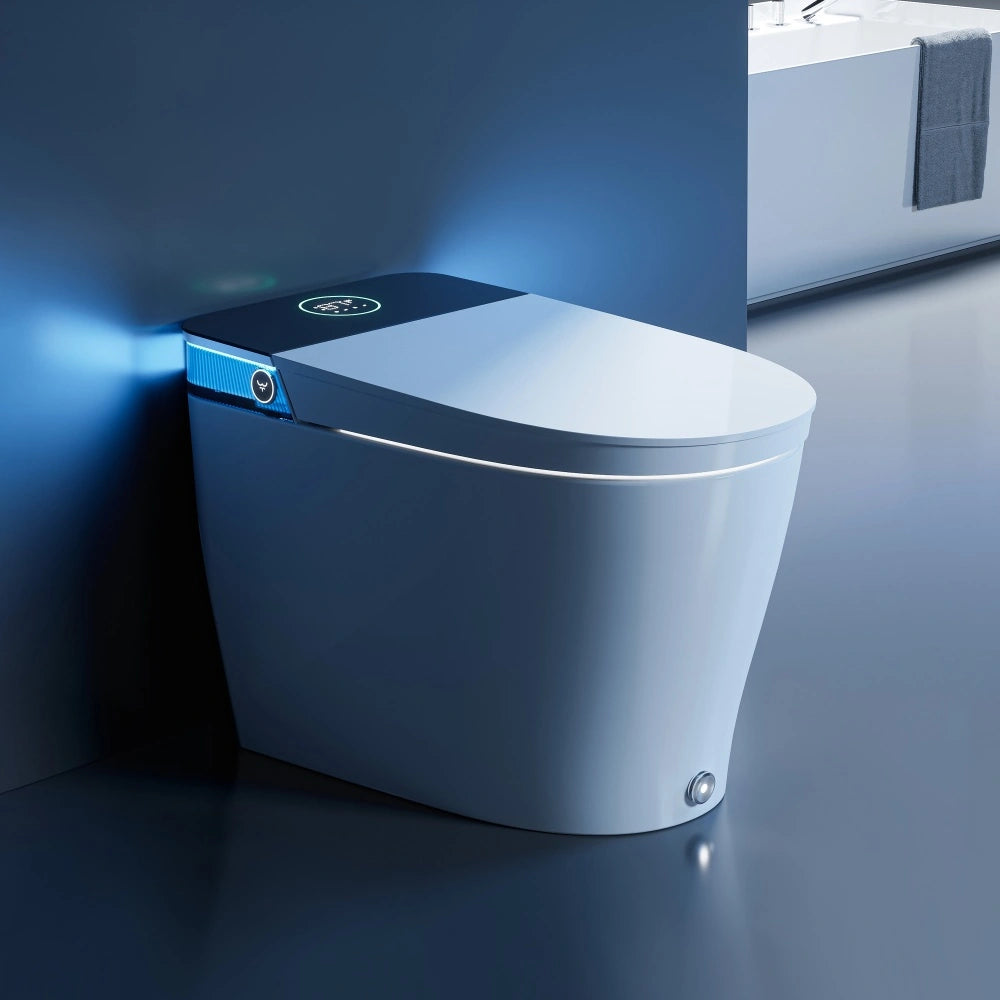
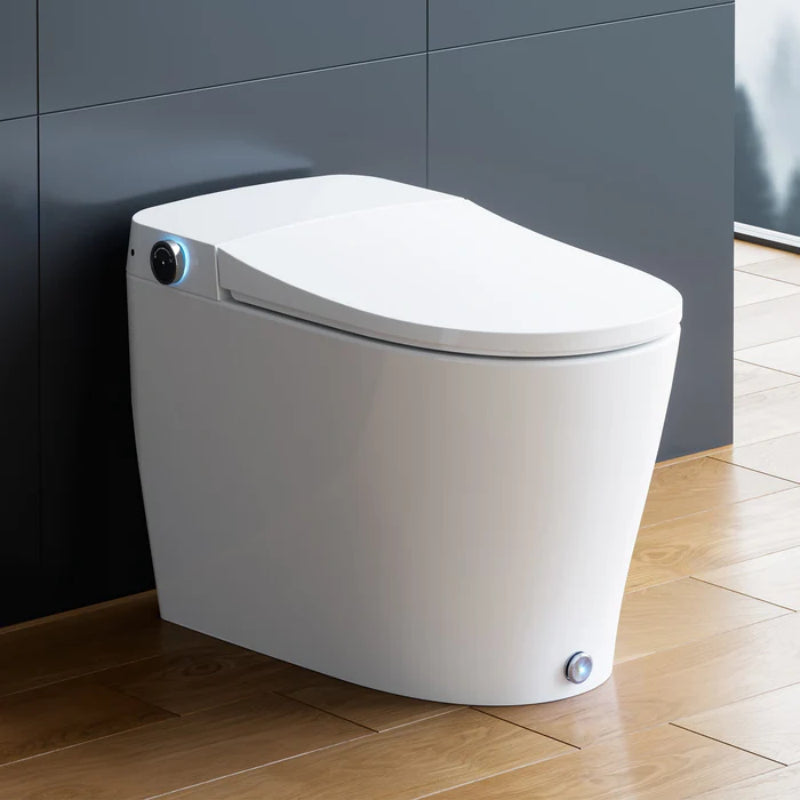
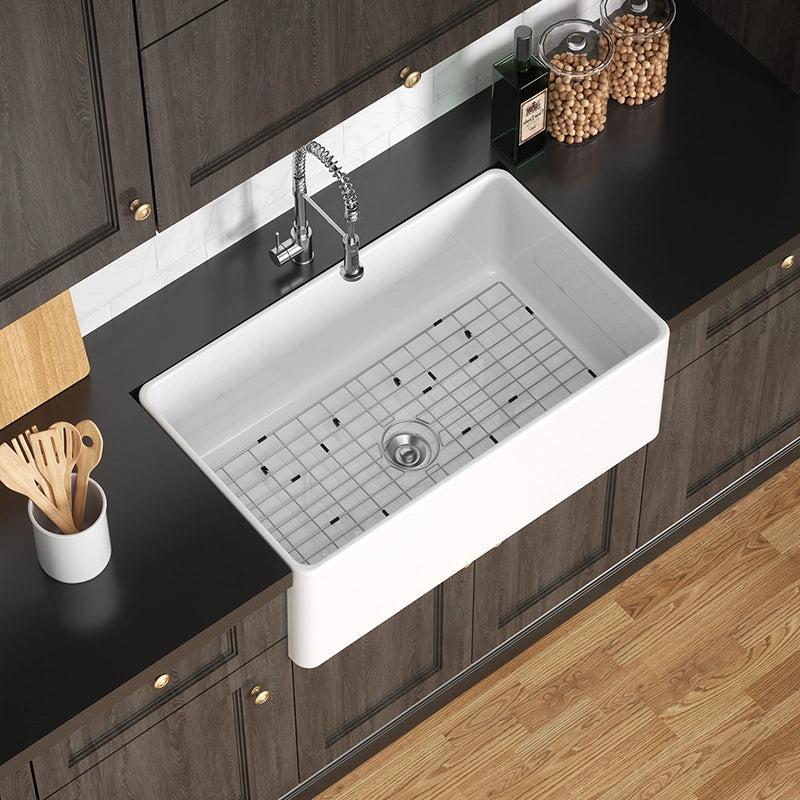
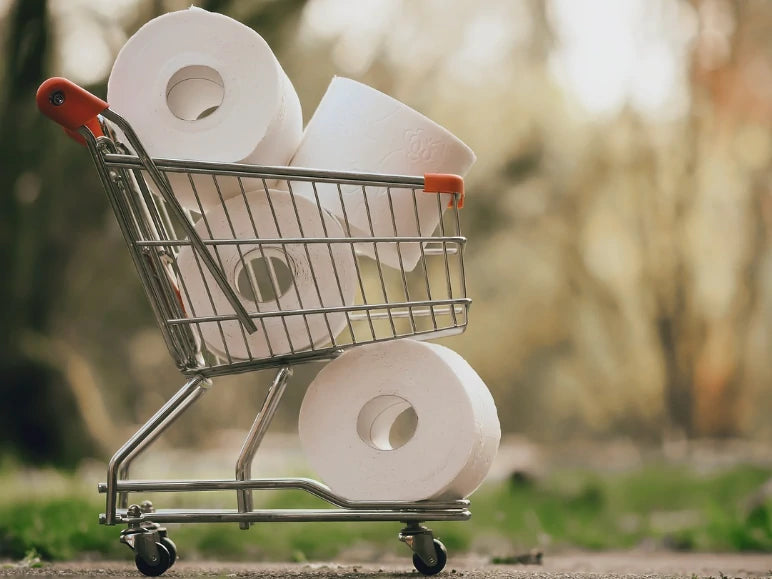
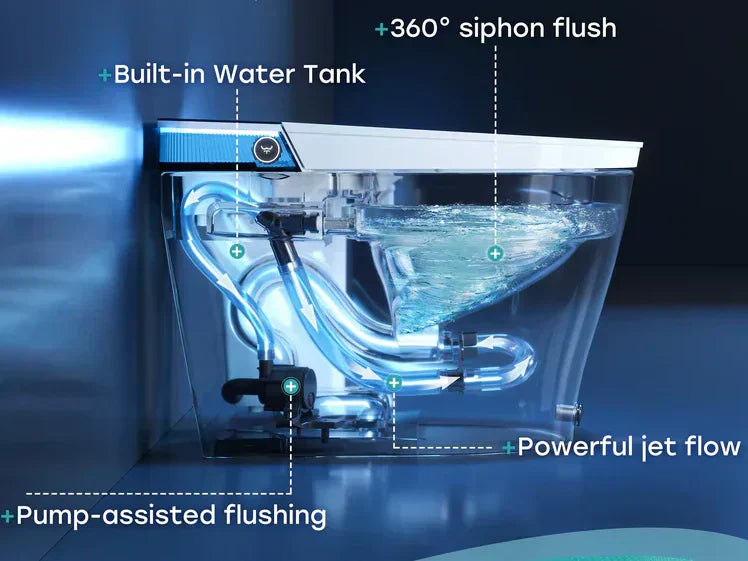


Leave a comment
This site is protected by hCaptcha and the hCaptcha Privacy Policy and Terms of Service apply.